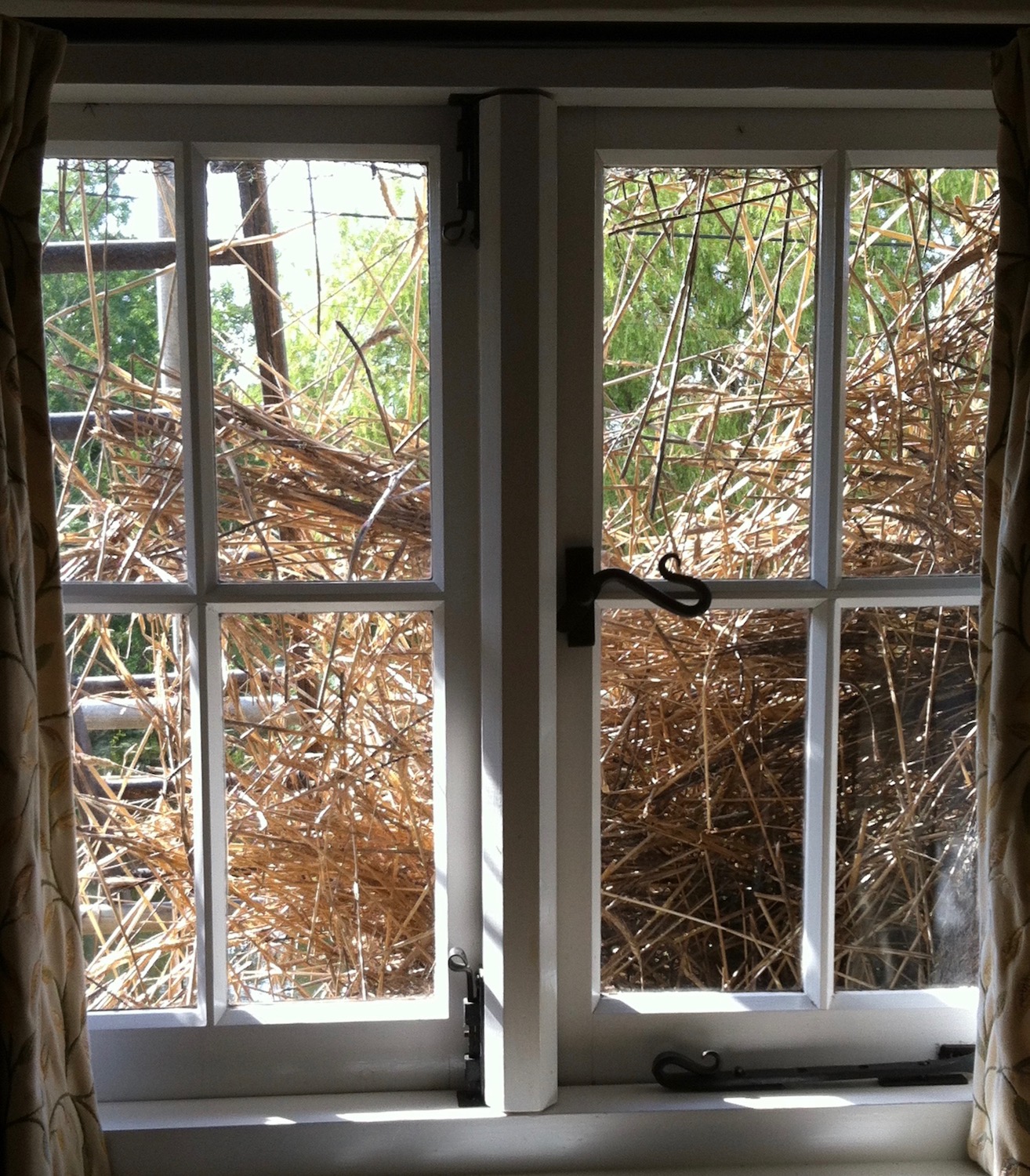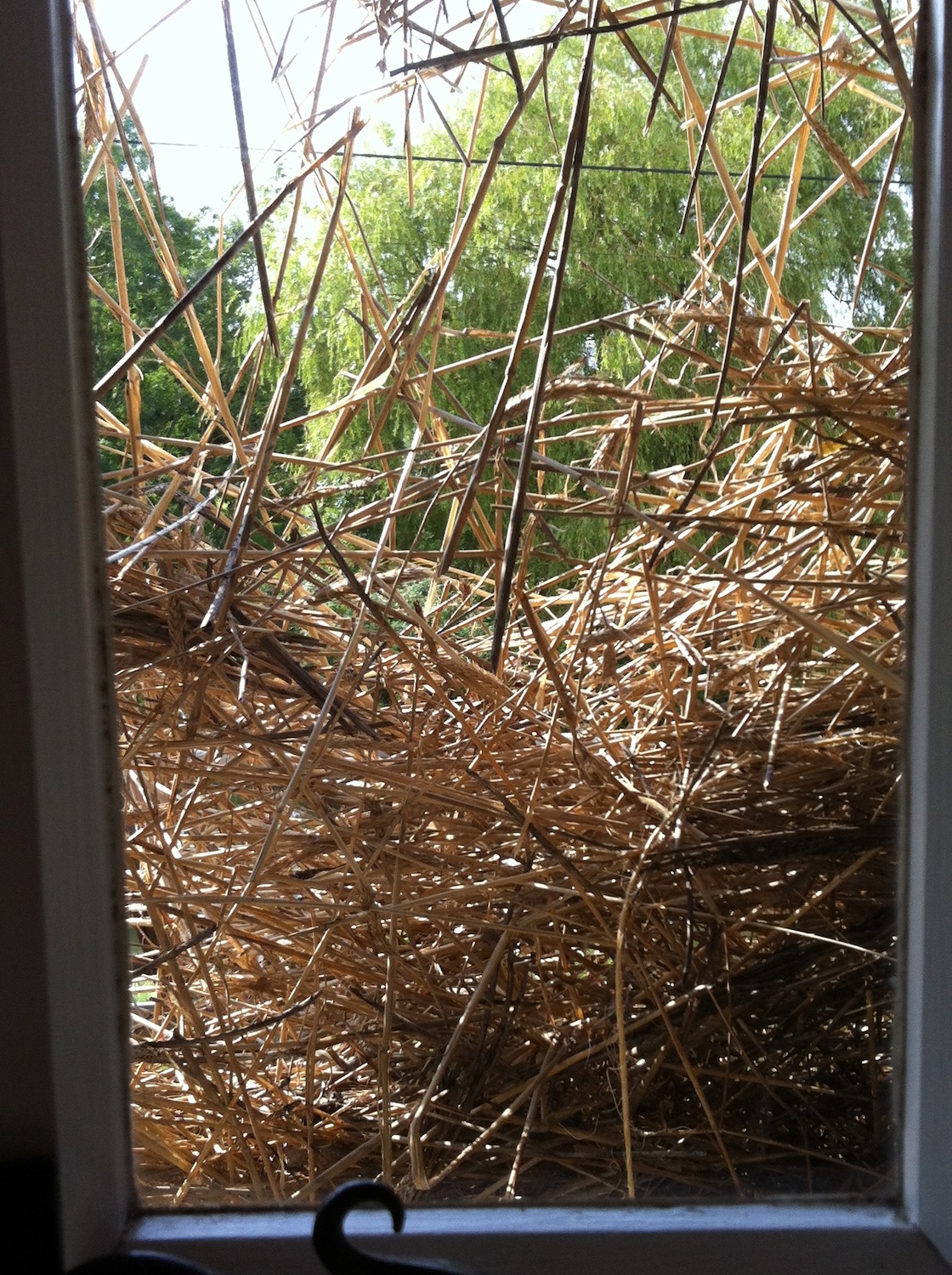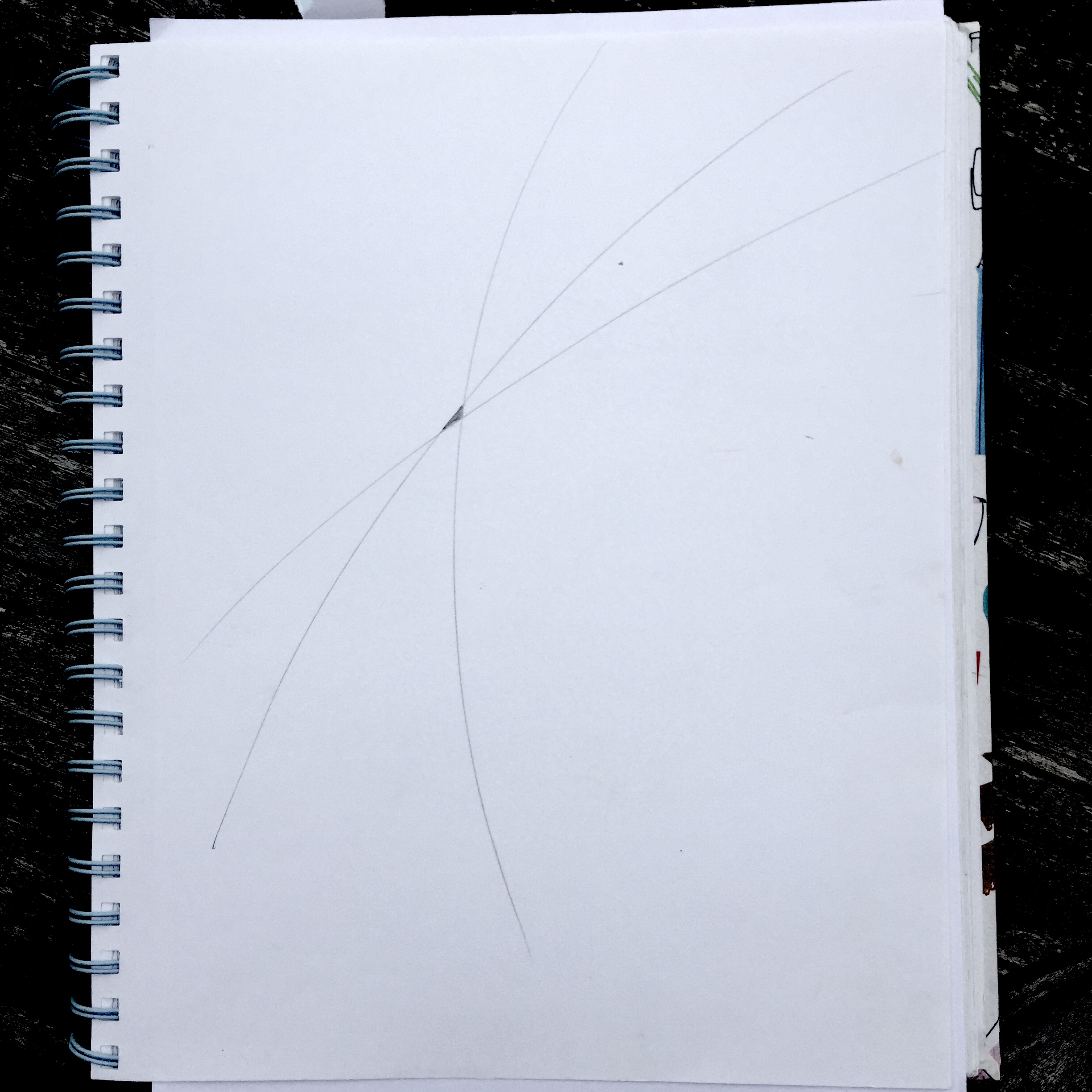Landscapes of Possibility
Landscapes of Possibility 1. Original painting on canvas by Lynne Cameron
In the new course, I’m going to ask participants to work in beautiful notebooks, with blank pages. I know that the idea of blank pages might freak some people out - what, no lines? Artists often speak of the fear of the blank canvas and writers often seem to fear the empty page. Perhaps it’s the openness, the possibilities?
At this point, an aspect of existential philosophy seems relevant …
bear with me here …
For Sartre and de Beauvoir, human beings are not defined by personality, situation, history etc – instead, we have freedom to choose. Our choices make us who we are. This idea of radical freedom, they say, can be as frightening as standing on the edge of an abyss - just contemplating the drop plunges us into ‘anguish’, existential Angst.
I know … a blank page is not exactly an existential abyss … but perhaps it’s a small scary echo of that freedom to choose.
Sartre describes how, out of fear of such freedom, we turn our obligations or decisions into real constraints on our lives. Telling ourselves that there is no choice, we create “guard rails against anguish” that make life easier to live.*
Back on the blank page or canvas, we can draw lines and make rules for ourselves, like writing on the lines, or colouring inside them. Or we can try moving the pen across the blank page and see what happens. And we can choose to write diagonally across the page, or round in circles – and enjoy small freedoms.
Many painters create a structure for the blank canvas that takes away some of the fear and helps them get to work. A few years back, I found such a structure by chance. The roof of my cottage was being thatched. The thatchers put up scaffolding and, as they were working, straw would fall down and get stuck between the scaffolding and my window. Looking out, I saw stalks fallen into random arrangements:
I took photos and zoomed in until I found a pleasing structure, captured it, and used it in a series of abstract paintings that reflected on conflict transformation in Kenya, that I called Landscapes of Possibility.
In more recent ‘dynamic paintings’, I start with a colour – thus avoiding line completely. I pick up some of the colour with a brush and choose where to place it. Once something is on that blank page, the next thing is much easier to place. It’s like opening a conversation – once someone says something, it’s a whole lot easier to speak.
In the online course Catching the Whispers, I want us to work on a blank page. To look at it, to love it – love the fact that we can write or colour or stick things anywhere, at any angle. And feel how good it can be to make the choice. I want us to stop fearing the empty space of our freedom so that we act in service of our best possible life.
To get an idea of how those blank pages will host conversations with our poetic selves, take a look at the description of the course.
I hope you’re tempted to join us!
———————————-
* I’ve enjoyed meeting up with the existentialists again - I first met them in school French lessons - via Sarah Bakewell’s excellent book At the Existentialist Cafe.



